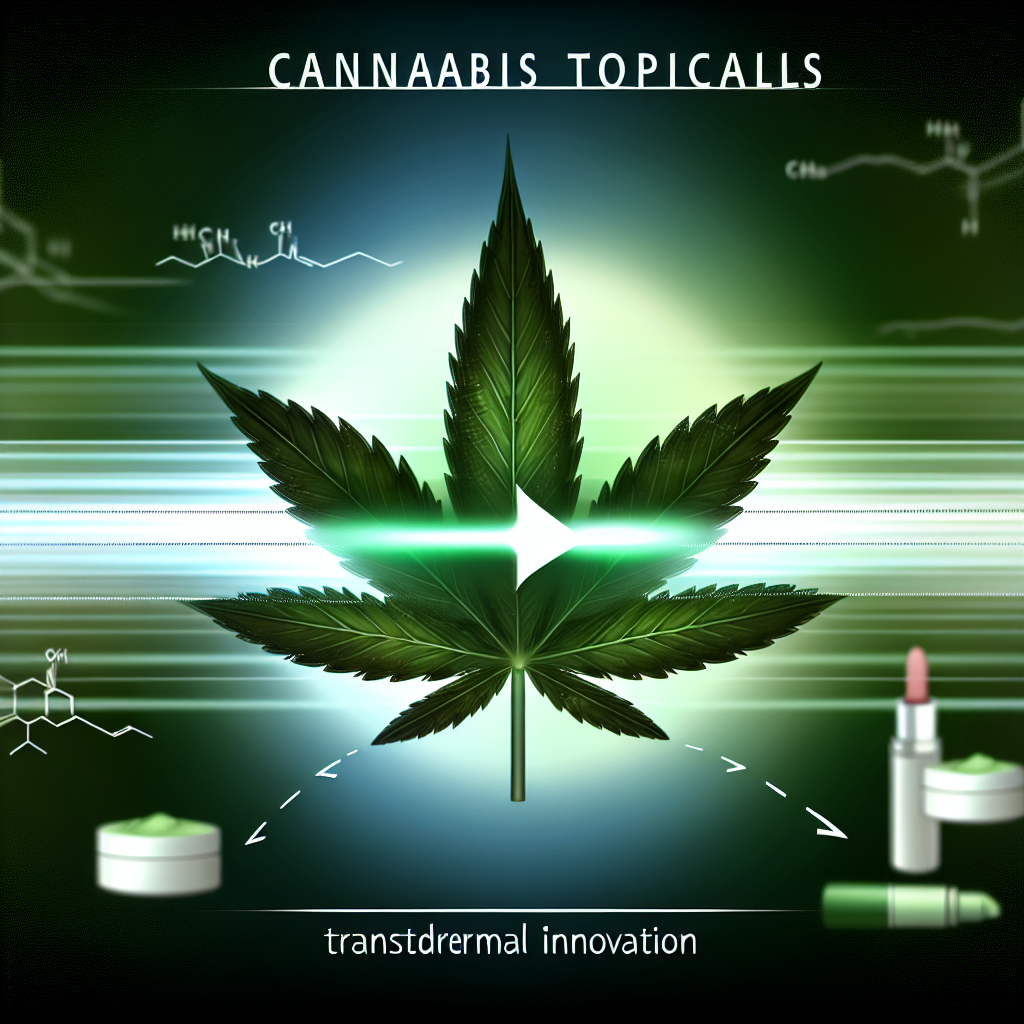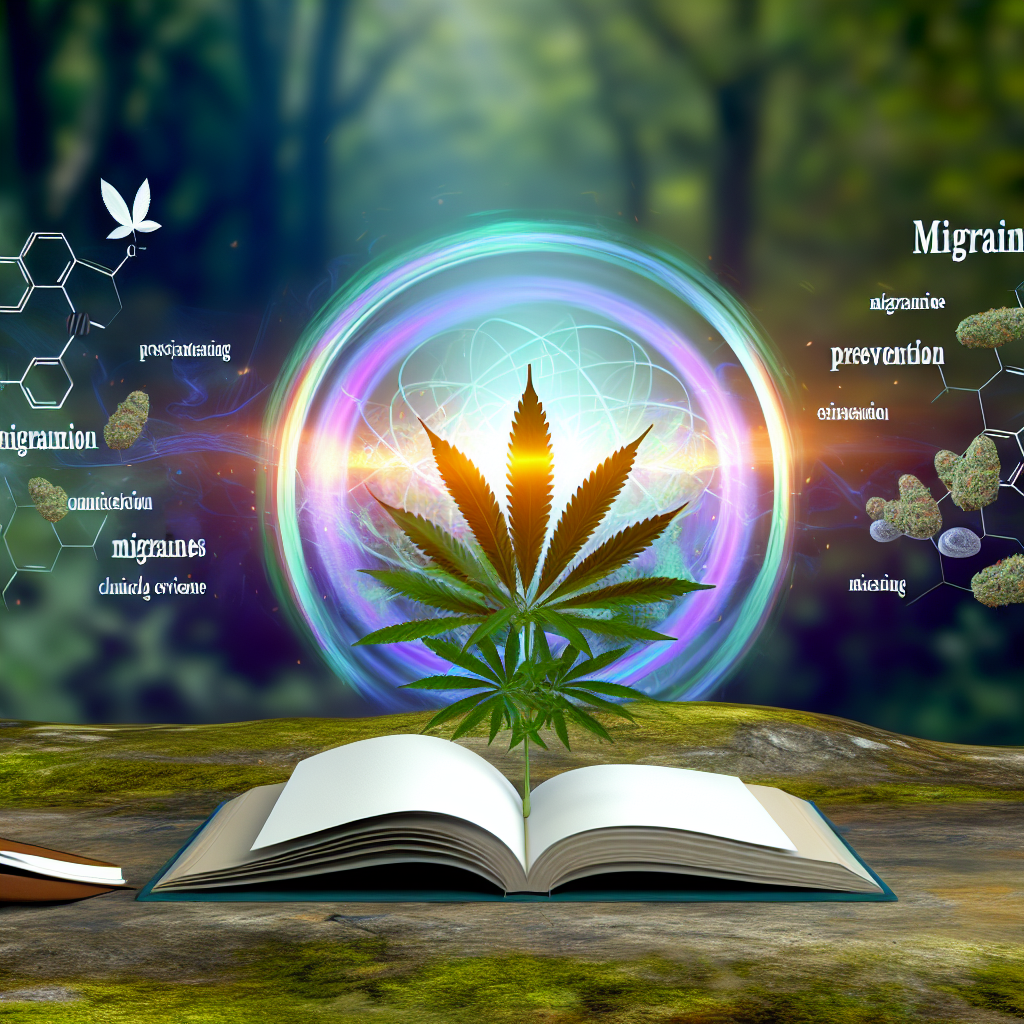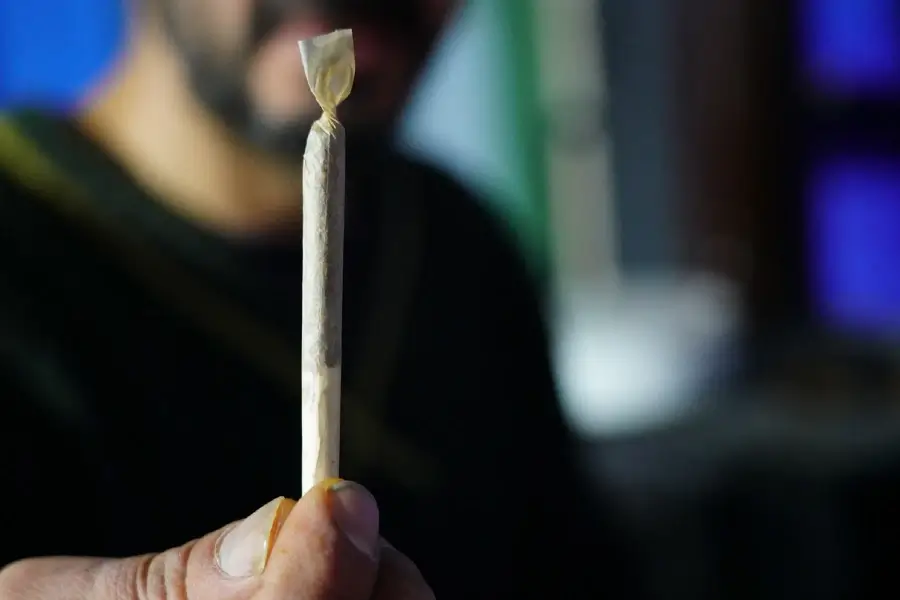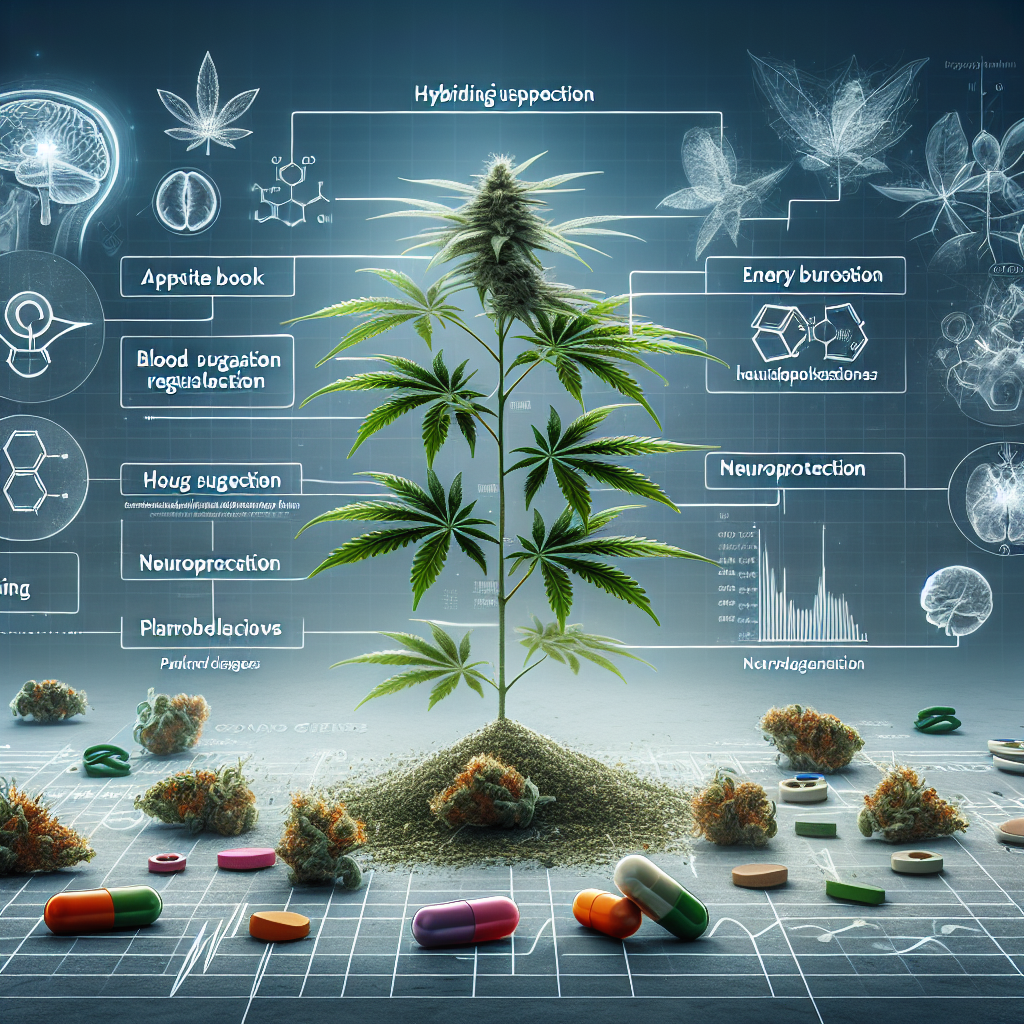Temperature-Controlled Cannabis Vaporization: Optimizing Terpene Profiles
Introduction
Cannabis vaporization has revolutionized consumption by offering a cleaner and more efficient alternative to traditional smoking. A key yet often overlooked factor in this process is temperature control, which plays a crucial role in enhancing both the therapeutic and sensory benefits of cannabis.
The temperature at which cannabis is vaporized affects its cannabinoid potency and terpene profile—directly influencing the aroma, flavor, and overall experience. Terpenes, the organic compounds responsible for cannabis’s unique scents and effects, have distinct boiling points. Selecting the right vaporization temperature helps preserve these delicate compounds, ensuring a more flavorful and effective session.
For example:
– Myrcene (sedative, relaxing) vaporizes at 334°F (168°C)
– Limonene (uplifting, energizing) vaporizes at 349°F (176°C)
Excessively high temperatures can burn off terpenes, diminishing their effectiveness and altering the cannabis strain’s profile.
Understanding temperature control in vaporization grants recreational and medical users the ability to fine-tune their experience:
– Low temperatures (290°F–330°F): Maximizes terpene preservation for a flavorful and light effect.
– Mid-range temperatures (330°F–390°F): Balances cannabinoid and terpene vaporization for optimal effects.
– High temperatures (390°F–445°F): Maximizes cannabinoid activation but can degrade terpenes, leading to harsher vapor.
With advancements in vaporizer technology enabling precise temperature settings, users and professionals alike can optimize cannabis sessions for better therapeutic benefits, enhanced flavors, and reduced combustion risks.
The Science Behind Temperature Control and Terpene Optimization
Scientific Research Confirms the Importance of Temperature Control
Multiple scientific studies have explored how vaporization temperature affects the retention of cannabinoids and terpenes. Research published in the Journal of Cannabis Research (2021) highlights that different temperatures alter the chemical composition of the vapor, impacting the overall therapeutic effects ([Bergen et al., 2021](https://jcannabisresearch.biomedcentral.com/articles/10.1186/s42238-021-00073-3)).
Key findings include:
– THC vaporizes at ~315°F (157°C)
– CBD requires ~356°F (180°C) for efficient vaporization
Since most terpenes have lower boiling points than cannabinoids, a gradual temperature approach may be optimal—starting at a lower temperature to enjoy flavorful terpenes before increasing the temperature slightly for complete cannabinoid activation.
Terpene Preservation at Different Vaporization Temperatures
In a groundbreaking 2020 study published in *Scientific Reports*, researchers measured the chemical composition of cannabis vapor at various temperature settings ([Aguilar et al., 2020](https://www.nature.com/articles/s41598-020-62268-4)). They found that lower temperatures retained more beneficial terpenes, such as:
– Beta-caryophyllene: Anti-inflammatory and pain-relieving effects
– Linalool: Anxiolytic effects that may reduce stress and anxiety
The study concluded that lower temperatures provide a more balanced vaporization composition, maximizing therapeutic benefits while maintaining rich aroma and flavor profiles.
Medical Vaporizers and Precision Temperature Technology
Companies like Storz & Bickel, pioneers in medical-grade vaporizers, have conducted extensive research on temperature precision and vapor consistency. Their studies confirm that temperature-regulated vaporizers deliver reproducible cannabinoid and terpene profiles, ensuring a consistent experience every time ([Pomahacova et al., 2009](https://www.storz-bickel.com/media/pdf/Uber-uns.pdf)).
Their findings support the medical benefits of temperature control, particularly for patients seeking consistent dosing and reduced exposure to harmful toxins found in combustion-based consumption.
Practical Applications: Enhancing Consumer and Industry Standards
Educating Consumers and the Cannabis Industry
The cannabis industry can enhance user experience by incorporating temperature-specific terpene information into product packaging. For instance:
– Labeling ideal vaporization temperatures on cannabis strains, concentrates, and cartridges.
– Developing AI-driven vaporizers capable of automatically adjusting settings for optimal terpene and cannabinoid release.
By providing science-backed recommendations, the industry can empower consumers to tailor their cannabis experience for maximum effects and enjoyment.
Conclusion: Unlocking the Full Potential of Cannabis Through Temperature Control
Temperature-controlled cannabis vaporization is a game-changer, enabling users to:
✅ Target specific cannabinoids and terpenes for a tailored experience.
✅ Preserve flavor and aroma, enhancing sensory enjoyment.
✅ Maximize therapeutic benefits through precise control.
✅ Reduce risks associated with smoke combustion, ensuring a cleaner intake.
As scientific research and vaporization technology continue advancing, temperature optimization will play an even greater role in shaping how cannabis is consumed and experienced. Knowledge is power—understanding how temperature impacts terpene retention allows both consumers and professionals to make informed, effective choices for the best possible cannabis experience.
References
– Bergen, J. et al. (2021). “The Impact of Temperature on Cannabis Vaporization: A Comprehensive Study.” *Journal of Cannabis Research*.
– Aguilar, J. et al. (2020). “Chemical Composition and Vaporization Profiles of Cannabis at Varying Temperatures.” *Scientific Reports*.
– Pomahacova, B. et al. (2009). “Cannabinoid and Terpene Profiles in Vaporized Cannabis for Medical Use.” *Storz & Bickel Research Report*.
Summary:
Temperature control is a crucial factor in cannabis vaporization, as it directly affects the extraction and preservation of beneficial cannabinoids and terpenes. By understanding the ideal vaporization temperatures for different compounds, users can tailor their cannabis experience to maximize therapeutic benefits, enhance flavors, and reduce exposure to harmful combustion byproducts. The cannabis industry can further empower consumers by providing temperature-specific information and developing smart vaporizers that automatically adjust settings for optimal results.




